Home>Dining>Tableware>How Many Flatware Place Settings Should I Register For
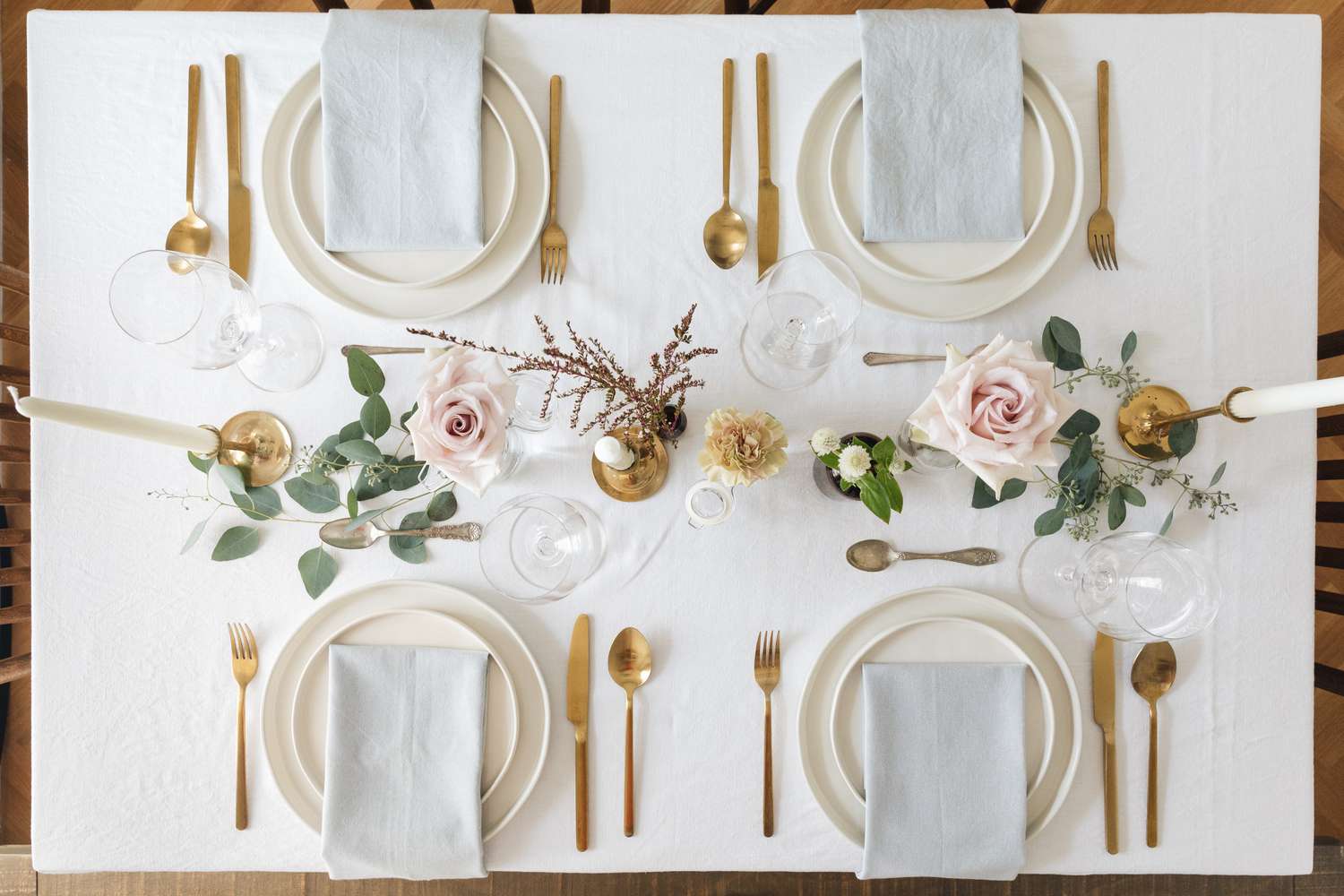

Tableware
How Many Flatware Place Settings Should I Register For
Modified: January 18, 2024
Unsure how many tableware place settings to register for? Read our guide to help you decide the perfect quantity for your upcoming event.
(Many of the links in this article redirect to a specific reviewed product. Your purchase of these products through affiliate links helps to generate commission for Storables.com, at no extra cost. Learn more)
Introduction
When it comes to hosting a dinner party or setting up your dining table, choosing the right tableware is essential. From elegant dinner plates to polished cutlery, every element plays a crucial role in creating a beautiful table setting. One common question that often arises is, “How many flatware place settings should I register for?” Figuring out the right number of place settings can be a daunting task, but fear not! In this article, we will explore the factors to consider when determining the quantity of place settings you will need, as well as provide recommendations for different types of gatherings and special occasions.
Note: A place setting typically includes a dinner plate, salad plate, soup bowl, fork, knife, teaspoon, and a soup spoon. However, for the purpose of this article, we will primarily focus on the number of flatware place settings required.
Key Takeaways:
- Hosting small gatherings? Aim for 4-6 place settings to accommodate guests comfortably and allow for flexibility. Consider your serving style and have extra settings for unexpected guests.
- For special occasions, aim for 20+ place settings to create an impressive table setting. Consider the formality and account for additional guests to ensure a grand and sophisticated presentation.
Factors to Consider
Before deciding on the number of flatware place settings to register for, there are several factors you should take into account. These factors will help you determine the appropriate quantity based on your personal needs and dining habits:
- Family Size: The number of people in your household is one of the primary considerations. Take into account the number of family members who regularly dine at home. If you frequently entertain guests or have extended family living with you, consider the maximum number of people you might host at a given time.
- Entertaining Frequency: Think about how often you host gatherings at your home. If you frequently invite friends and family over for dinner parties or have regular social events, you may need a larger number of place settings to accommodate your guests.
- Lifestyle: Your lifestyle and dining preferences also play a role in determining the number of place settings you require. Are you someone who frequently enjoys formal sit-down dinners, or do you prefer more casual dining experiences? Consider the frequency and style of your meals to estimate the required quantity.
- Cooking and Cleaning Habits: Consider your cooking and cleaning habits when deciding on the number of place settings. If you tend to cook in large quantities and prefer to have all your dishes and cutlery match, you may need more place settings to avoid running out of clean flatware between meals.
- Storage Space: Evaluate the storage space available in your kitchen or dining area. Make sure you have enough room to store the additional place settings comfortably. Properly storing your flatware will help maintain its quality and prevent damage.
By considering these factors, you can get a clearer idea of how many flatware place settings are appropriate for your needs. The next section will provide recommendations based on different types of gatherings and special occasions.
Table Setting Components
A well-set table consists of various components that come together to create an inviting and visually appealing dining experience. Understanding these components will give you a better understanding of the elements involved in table setting:
- Dinner Plates: Dinner plates are the main component of any table setting. They are typically larger in size and serve as a base for the rest of the tableware.
- Salad Plates: Salad plates are smaller in size compared to dinner plates and are used for serving salads or appetizers.
- Soup Bowls: Soup bowls are deep bowls used for serving hot soups or stews. They are often placed on the table setting to the left of the dinner plate.
- Flatware: Flatware includes forks, knives, and spoons. Forks are placed on the left side of the dinner plate, while knives and spoons are placed on the right side. These utensils are used for different purposes throughout the meal.
- Glasses: Depending on the beverages being served, glasses can include water glasses, wine glasses, and other specialty glasses. They are typically placed above the knife and spoon.
- Napkins: Napkins are an essential part of the table setting. They can be placed to the left of the forks or creatively folded and placed on top of the dinner plate.
- Decorative Elements: Adding decorative elements such as flowers, candles, or a centerpiece can elevate the overall look of the table setting and create a warm ambiance.
Each component of the table setting contributes to the overall aesthetic and functionality of the dining experience. Understanding these elements will help you determine the number of place settings required for your specific needs.
Recommended Number of Place Settings
The recommended number of place settings will vary depending on the size of your gatherings and the frequency of entertaining. Here are some guidelines to help you determine the appropriate quantity:
Small Gatherings
For intimate gatherings or households with two to four people, it is recommended to have at least four to six place settings. This ensures that you have enough flatware for multiple courses and allows for replacements in case of breakage or damage.
Read more: How Many Sets Of Flatware Should I Have
Medium-Sized Gatherings
If you frequently host medium-sized gatherings or have a family of five to eight members, it is advisable to have around eight to twelve place settings. This quantity allows you to comfortably accommodate guests while having enough flatware for each course.
Large Gatherings
For larger gatherings or occasions where you have more than eight guests, aim for a minimum of twelve to sixteen place settings. This ensures that you have enough flatware for multiple courses and provides flexibility for larger events.
Special Occasions
Special occasions such as holidays or formal events may require additional place settings. Consider having a few extra sets on hand to cater to larger groups or unexpected guests. Having a set of twenty or more place settings would be ideal for these situations.
Remember, these are general recommendations, and the number of place settings can vary based on your specific needs and preferences. It is always a good idea to have some extra place settings for unforeseen circumstances or special occasions.
Small Gatherings
Small gatherings, such as intimate dinner parties or households with two to four people, require a moderate number of place settings. Here’s a breakdown of the recommended quantities for small gatherings:
- 4 to 6 place settings: Having a minimum of four to six place settings is ideal for small gatherings. This allows you to set the table for each person with a dinner plate, salad plate, fork, knife, teaspoon, and soup spoon.
- Flexibility: It’s always beneficial to have a few extra place settings for unexpected guests or replacements in case of breakage or damage. Aim to have at least one or two additional place settings for added flexibility.
- Consider your serving style: When determining the quantity of place settings, take into consideration your serving style. If you prefer serving multiple courses, you might need additional place settings to accommodate each course.
By having four to six place settings for small gatherings, you can accommodate guests comfortably while ensuring that there are enough flatware pieces for each course. Additionally, having a few extra place settings allows for flexibility and ensures you’re prepared for any unexpected guests or situations. Small gatherings provide an intimate setting and an opportunity for meaningful conversations and connections.
Read more: How Many Place Settings Should You Have
Medium-Sized Gatherings
Medium-sized gatherings, such as family dinners or get-togethers with five to eight people, require a slightly larger number of place settings. Here’s a breakdown of the recommended quantities for medium-sized gatherings:
- 8 to 12 place settings: Aim to have around eight to twelve place settings for medium-sized gatherings. This will ensure that you have enough flatware for each individual, including a dinner plate, salad plate, fork, knife, teaspoon, and soup spoon.
- Consider extras: Having a couple of extra place settings is always a wise decision, particularly for medium-sized gatherings. These extra settings can accommodate additional guests or serve as replacements in case of breakage or damage.
- Buffet-style servings: If your medium-sized gathering involves a buffet-style serving or self-service, you may need additional place settings to account for multiple visits to the buffet. Consider having a few more place settings available to cater to this serving style.
With eight to twelve place settings for medium-sized gatherings, you can comfortably set the table for each individual while ensuring there are enough utensils for each course. The extra place settings provide you with flexibility and peace of mind in case of unexpected guests or any mishaps. Medium-sized gatherings create a warm and inviting atmosphere for family and friends to come together and enjoy a delicious meal.
Large Gatherings
Hosting large gatherings, such as parties, holidays, or events with more than eight guests, requires a larger number of place settings. Here’s a breakdown of the recommended quantities for large gatherings:
- 12 to 16 place settings: Aim to have a minimum of twelve to sixteen place settings for large gatherings. This ensures that each guest has a dinner plate, salad plate, fork, knife, teaspoon, and soup spoon.
- Consider extras: It’s always wise to have a few extra place settings for large gatherings. These additional settings can accommodate unexpected guests, serve as replacements for any breakage or damage, or allow for flexibility in case of any last-minute changes.
- Multiple courses and buffet-style servings: Large gatherings often involve multiple courses or buffet-style servings. Take this into consideration when determining the number of place settings. You may need additional settings to accommodate each course or allow guests to go back for seconds during a buffet-style setup.
By having twelve to sixteen place settings for large gatherings, you can ensure that all your guests have a seat at the table and enough utensils for a complete dining experience. The extra place settings provide flexibility and peace of mind, allowing you to comfortably accommodate unexpected guests or handle any mishaps that may occur. Large gatherings create a vibrant and festive atmosphere, bringing people together to celebrate and enjoy each other’s company.
Consider registering for at least 8-12 flatware place settings to accommodate a typical dinner party and have extras for replacements or larger gatherings.
Special Occasions
Special occasions call for an extra touch of elegance and attention to detail. Whether it’s a formal event, a holiday gathering, or a milestone celebration, having the right number of place settings is essential. Here’s a breakdown of the recommended quantities for special occasions:
- 20 or more place settings: For special occasions, it’s ideal to have a minimum of twenty or more place settings. This ensures that you have enough settings to accommodate a larger group of guests and create a visually impressive table setting.
- Consider the formality: The level of formality of the occasion should also be taken into account. For formal events, such as black-tie dinners or wedding receptions, having a larger number of place settings creates a grand and sophisticated presentation.
- Account for additional guests: Special occasions often involve extended family members, close friends, or colleagues. Consider the maximum number of guests you may invite and ensure you have enough place settings to accommodate everyone in style.
- Extra sets for larger events: If you plan to host larger events occasionally, it might be beneficial to have more than the minimum recommended number of place settings to cater to these occasions without requiring additional rentals or purchases.
Having a significant number of place settings for special occasions allows you to create an impressive table setting that elevates the ambiance of the event. It provides you with the flexibility to accommodate larger groups and ensures that all your guests can enjoy their meals in style.
Remember, special occasions are moments to cherish and create lasting memories. The right number of place settings enhances the overall dining experience and adds a touch of elegance to your celebrations.
Additional Considerations
When determining the number of place settings for your tableware, there are a few additional considerations to keep in mind:
- Consider the durability: Take into account the durability of your flatware when estimating the number of place settings needed. If you have delicate or easily breakable pieces, it may be wise to have a few extra place settings to account for potential breakage.
- Invest in versatile designs: Opt for flatware sets with versatile designs that can be used for different occasions. This way, you can make the most of your investment and use the same sets for various gatherings.
- Account for maintenance and cleaning: Consider your capacity for cleaning and maintaining the flatware. If you prefer to hand-wash your tableware, having a larger number of place settings may require more time and effort. Be sure to choose a quantity that you can comfortably manage.
- Storage solutions: Evaluate your storage space and choose appropriate storage solutions for your flatware. Proper storage prevents damage, maintains the quality of the flatware, and keeps everything organized for easy access.
- Personal preferences: Ultimately, your personal preferences and dining habits should guide your decision. If you prefer having an abundance of place settings for hosting frequent gatherings, investing in a larger quantity may be suitable for you.
By considering these additional factors, you can make a well-informed decision regarding the number of place settings you need. Remember, it’s better to have a few extra settings on hand to account for unexpected situations or changes in plans.
Lastly, it’s worth noting that trends and lifestyle changes may influence your tableware requirements over time. Stay mindful of any evolving needs and adjust the number of place settings accordingly.
Read more: How Many Formal Place Settings Do I Need
Conclusion
Setting the right number of flatware place settings for your tableware is essential for hosting successful and enjoyable gatherings. By considering factors such as family size, entertaining frequency, lifestyle, cooking and cleaning habits, and storage space, you can determine the appropriate quantity of place settings that best suits your needs.
For small gatherings, aim for around four to six place settings to comfortably accommodate your guests. Medium-sized gatherings may require eight to twelve place settings, while larger gatherings and special occasions may need a minimum of twelve to sixteen or even twenty place settings.
Consider extras when deciding on the quantity, allowing for flexibility in case of unexpected guests or any breakage or damage. It’s also important to take into account the level of formality, the serving style, and your personal preferences when determining the number of place settings.
Remember that table setting components, such as dinner plates, salad plates, flatware, glasses, and napkins, all play a significant role in creating a visually appealing and functional dining experience. Investing in versatile designs and considering durability and maintenance are additional factors to keep in mind.
Ultimately, the right number of place settings enhances the dining experience, creating an inviting atmosphere for family and friends to come together and enjoy delicious meals. So, whether it’s a small gathering, a medium-sized get-together, a large event, or a special occasion, choosing the appropriate number of flatware place settings will help ensure that your table is beautifully set and ready to welcome your guests.
With these considerations in mind, you can confidently register for the right quantity of place settings, creating a stunning table setting that reflects your personal style and sets the stage for unforgettable moments shared around the dining table.
Frequently Asked Questions about How Many Flatware Place Settings Should I Register For
Was this page helpful?
At Storables.com, we guarantee accurate and reliable information. Our content, validated by Expert Board Contributors, is crafted following stringent Editorial Policies. We're committed to providing you with well-researched, expert-backed insights for all your informational needs.
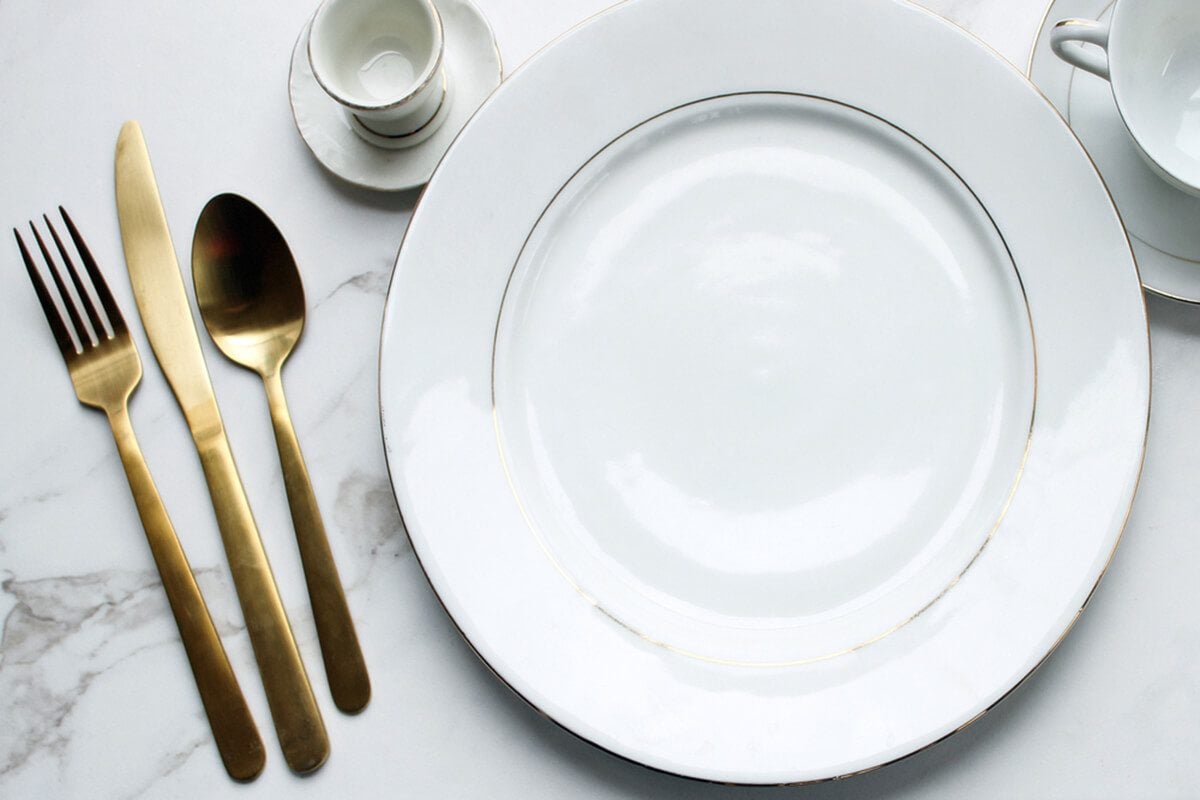
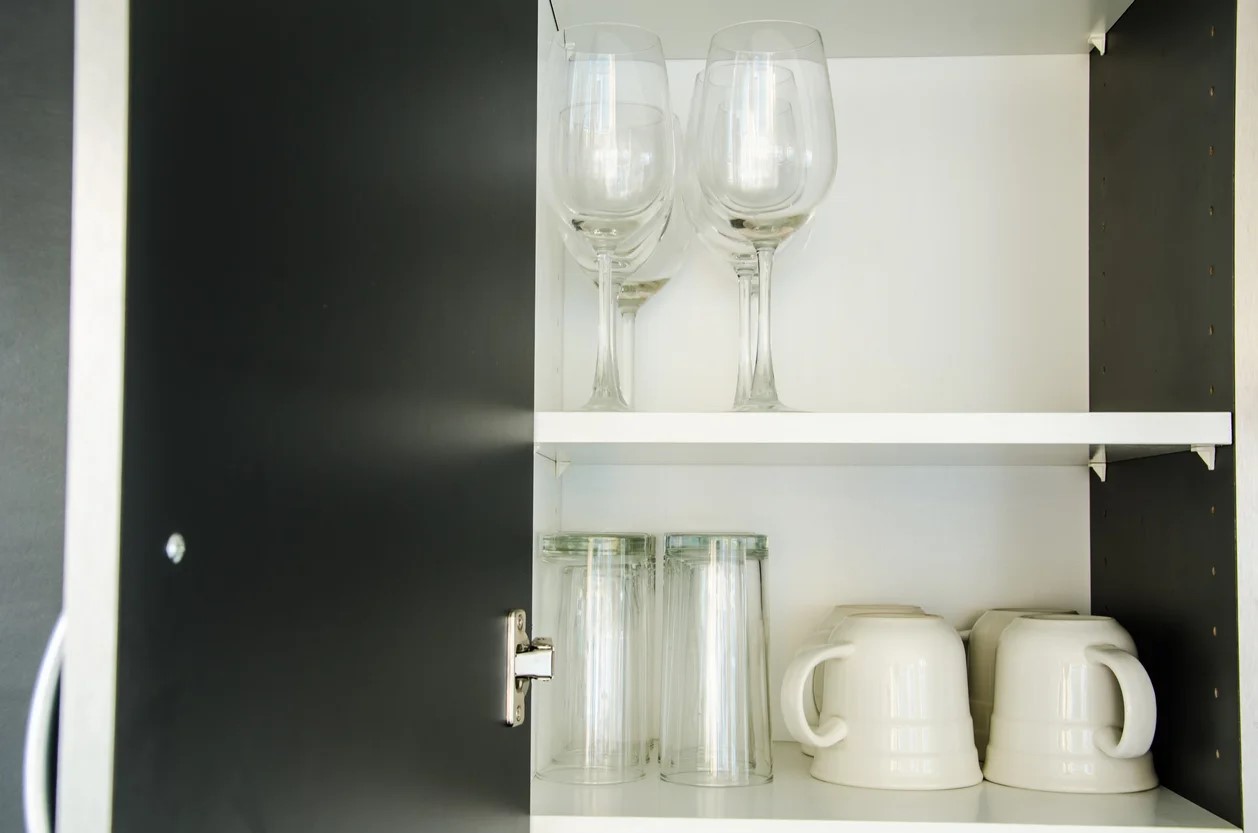
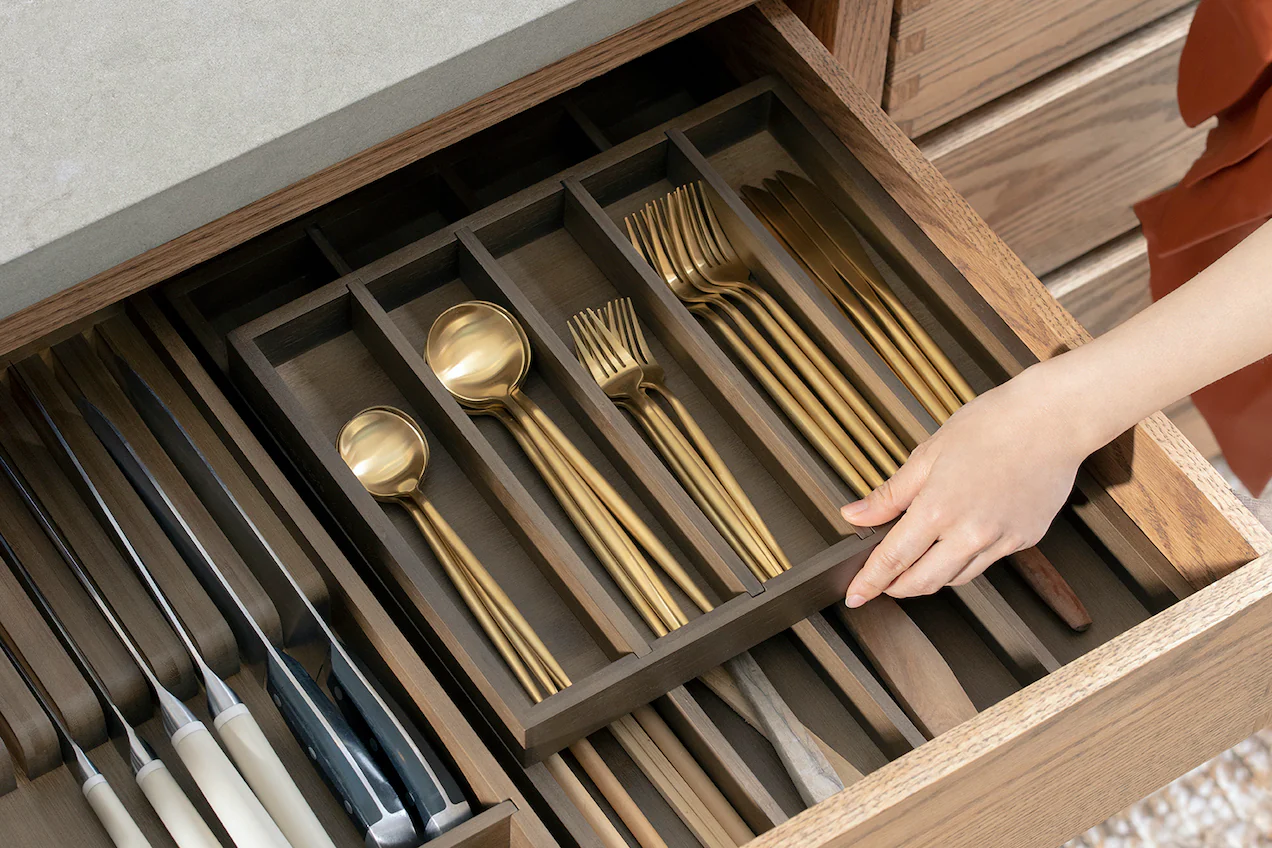
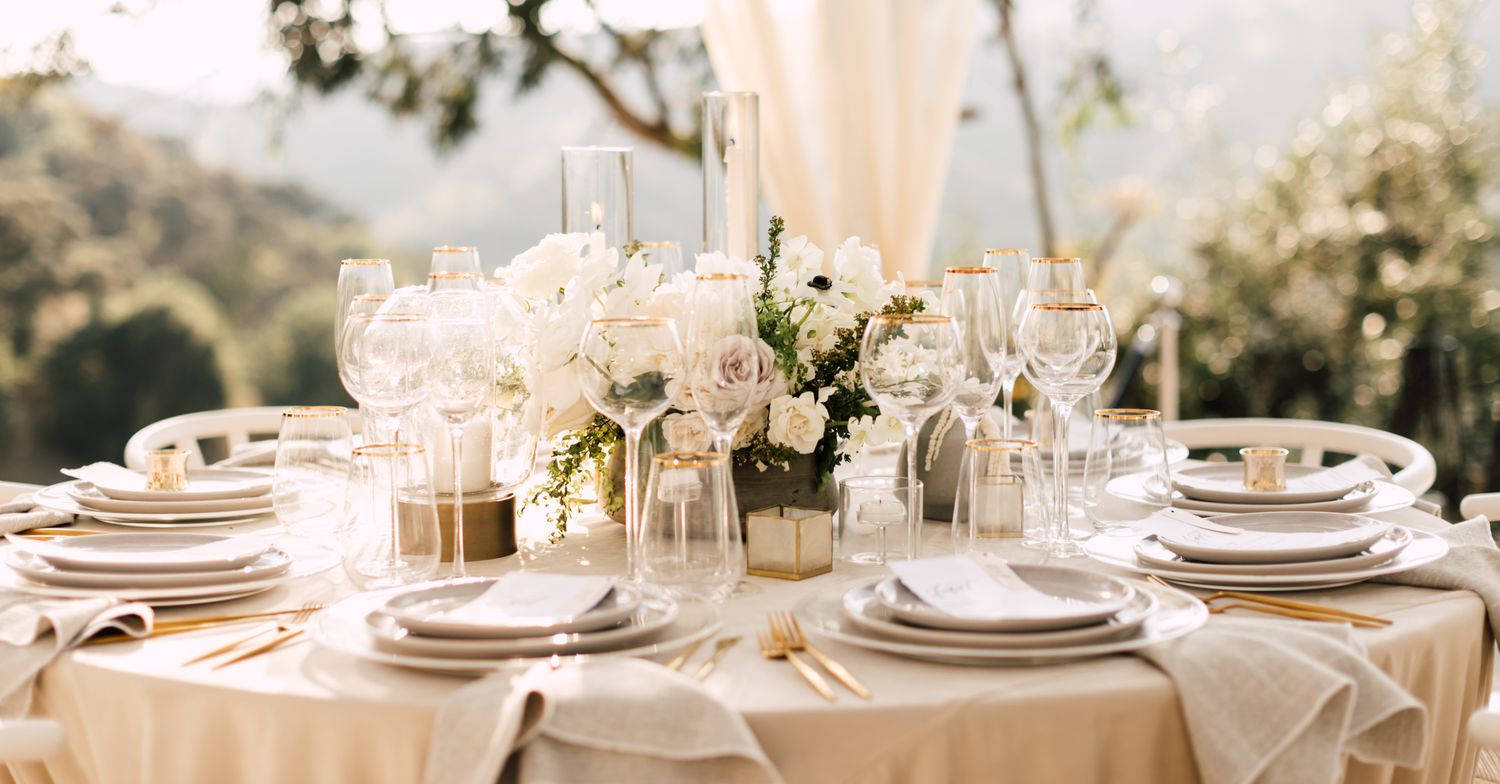
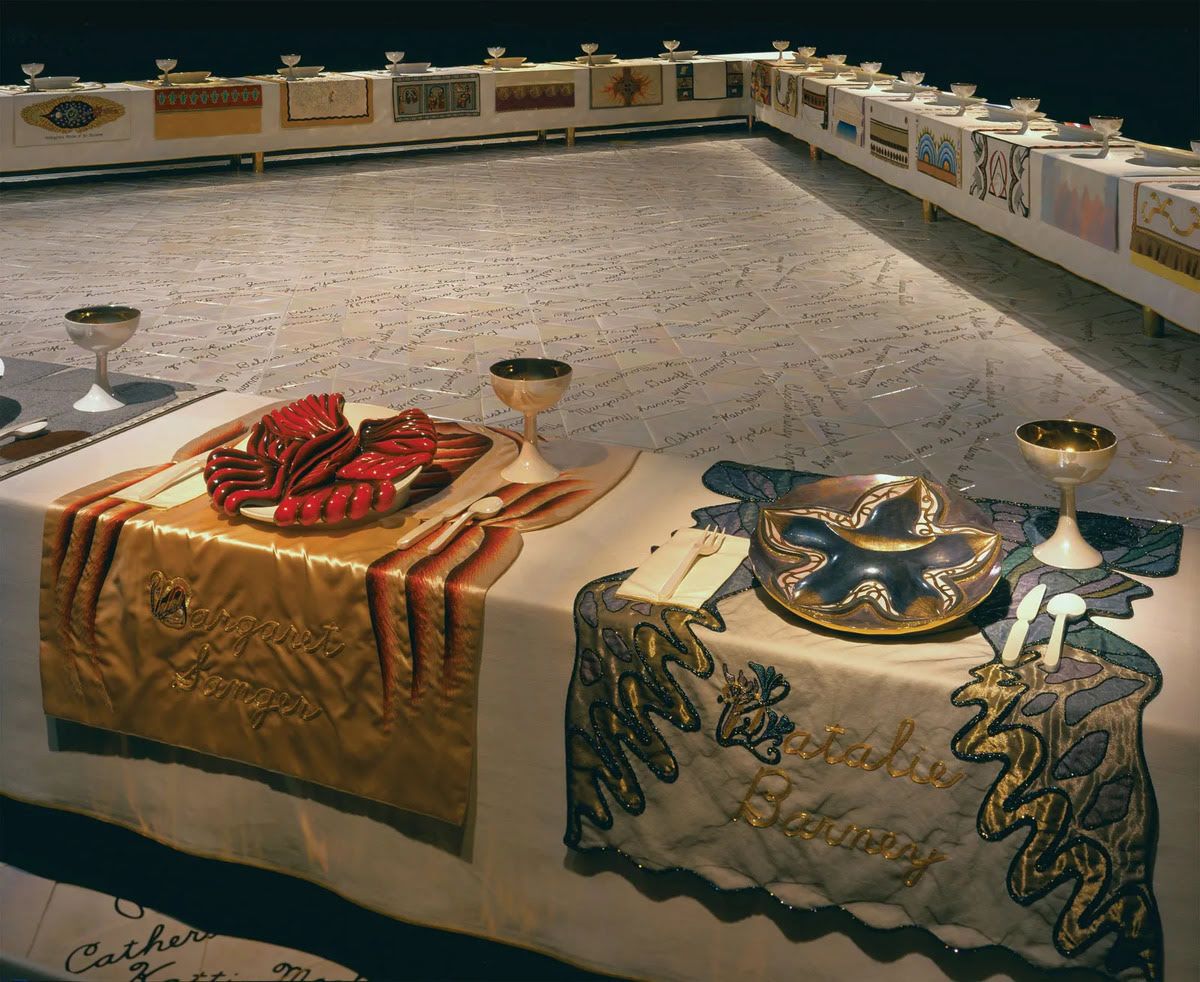
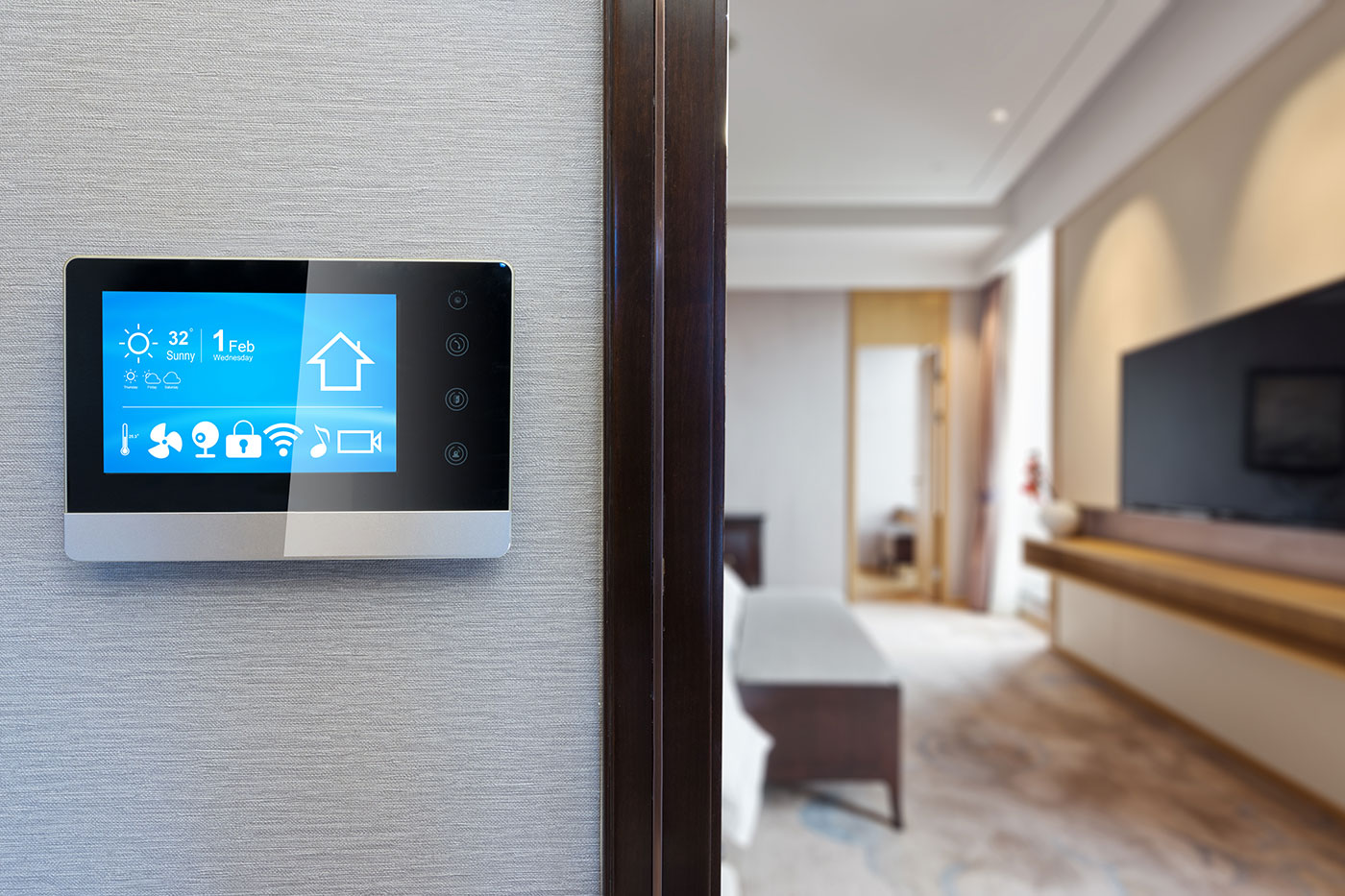
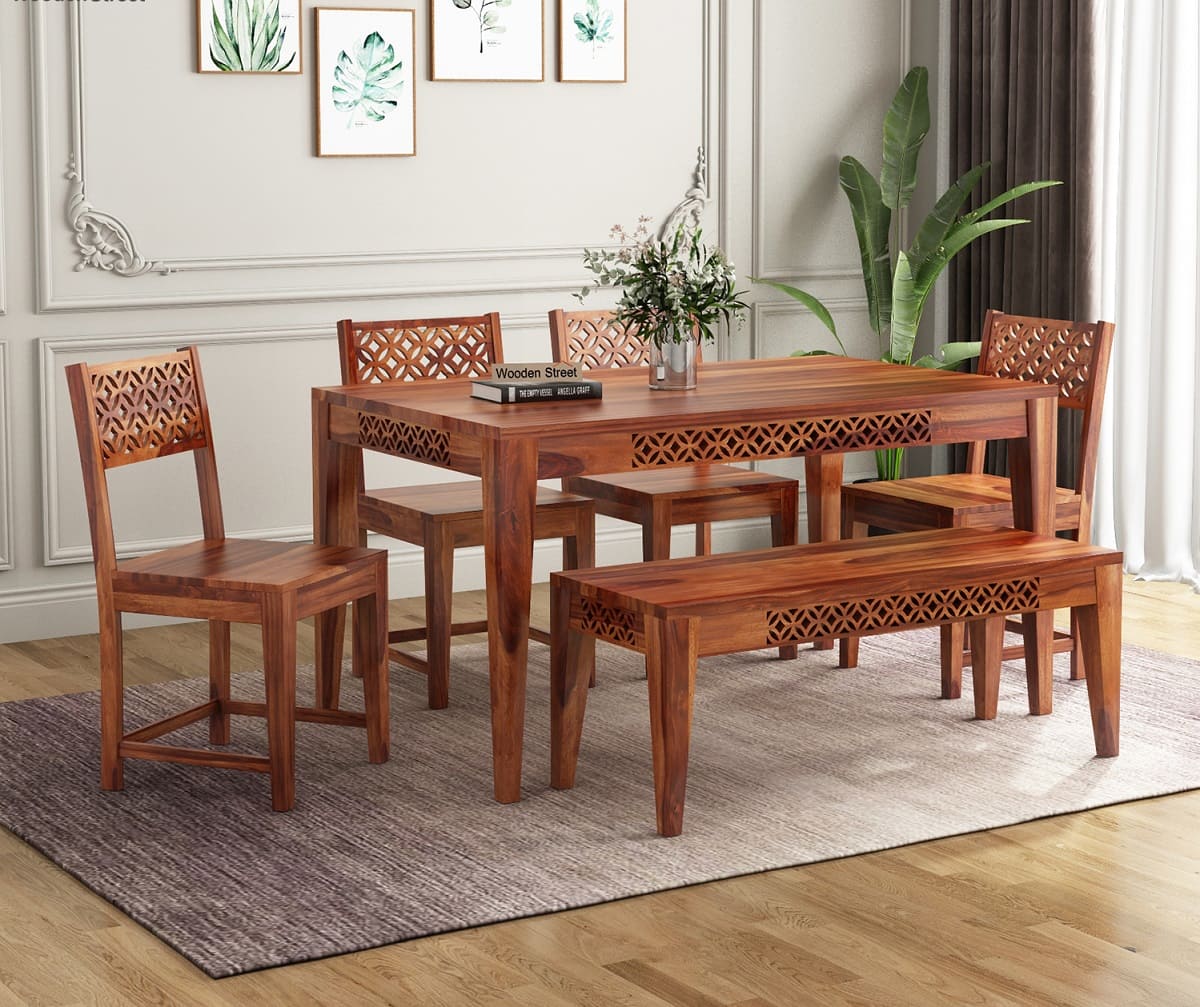
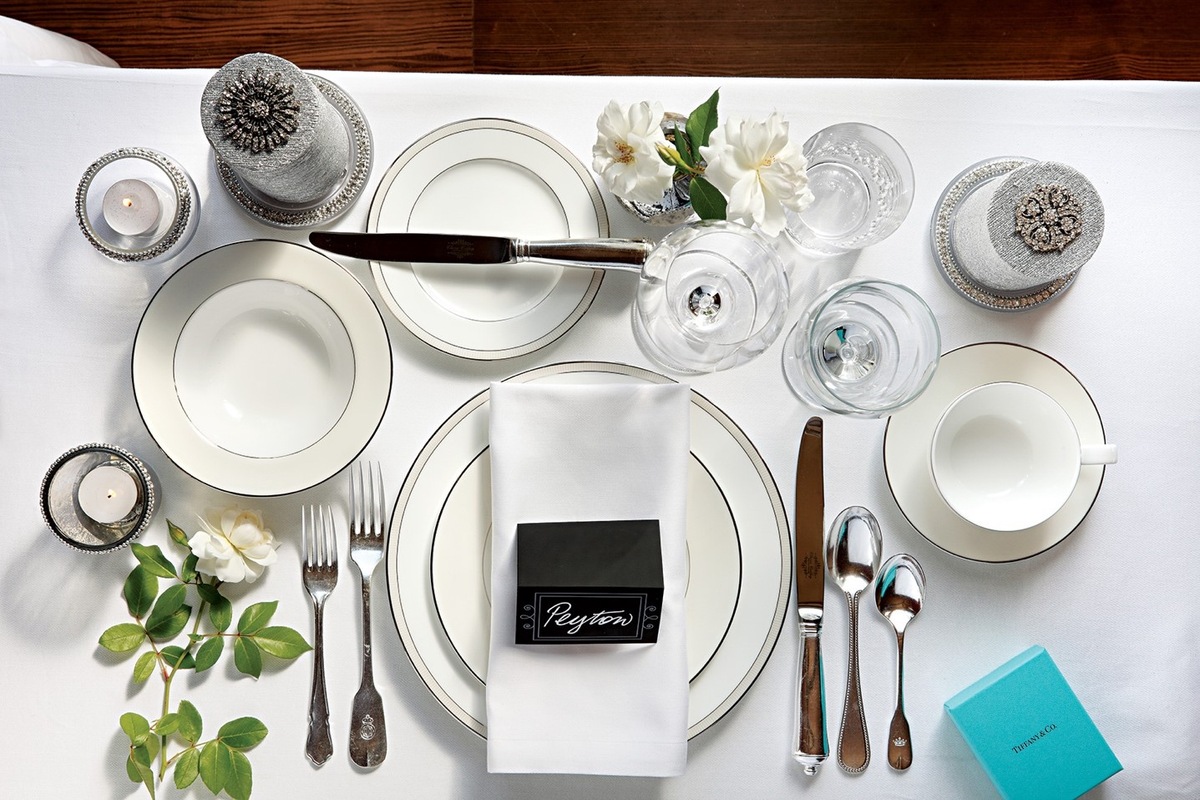

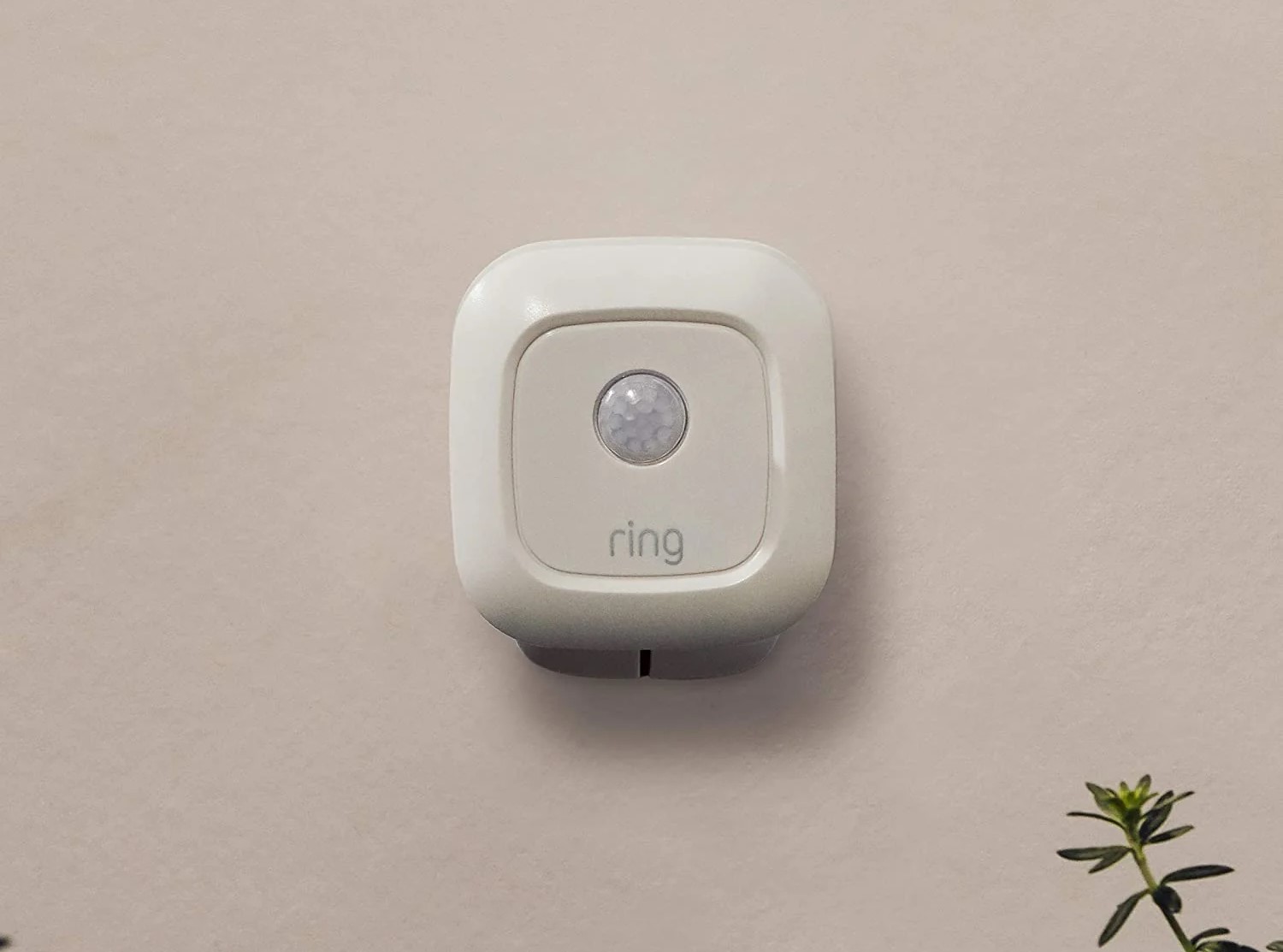
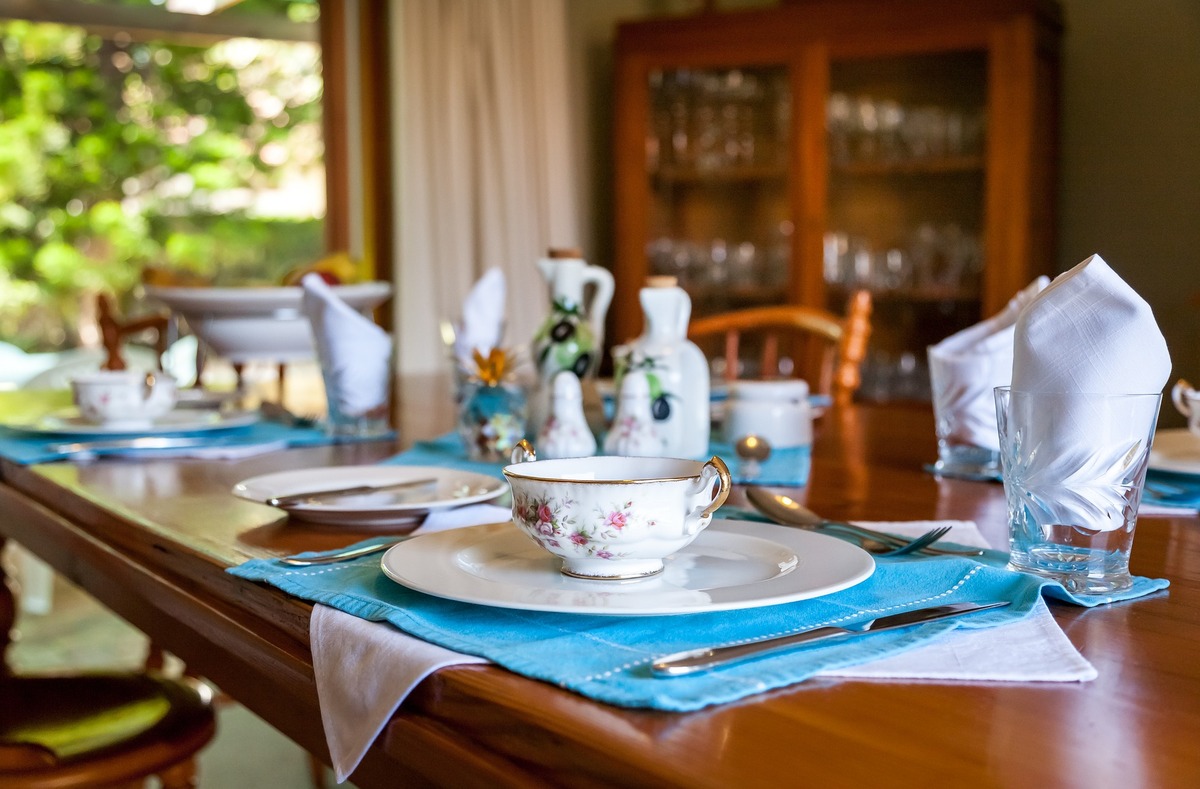
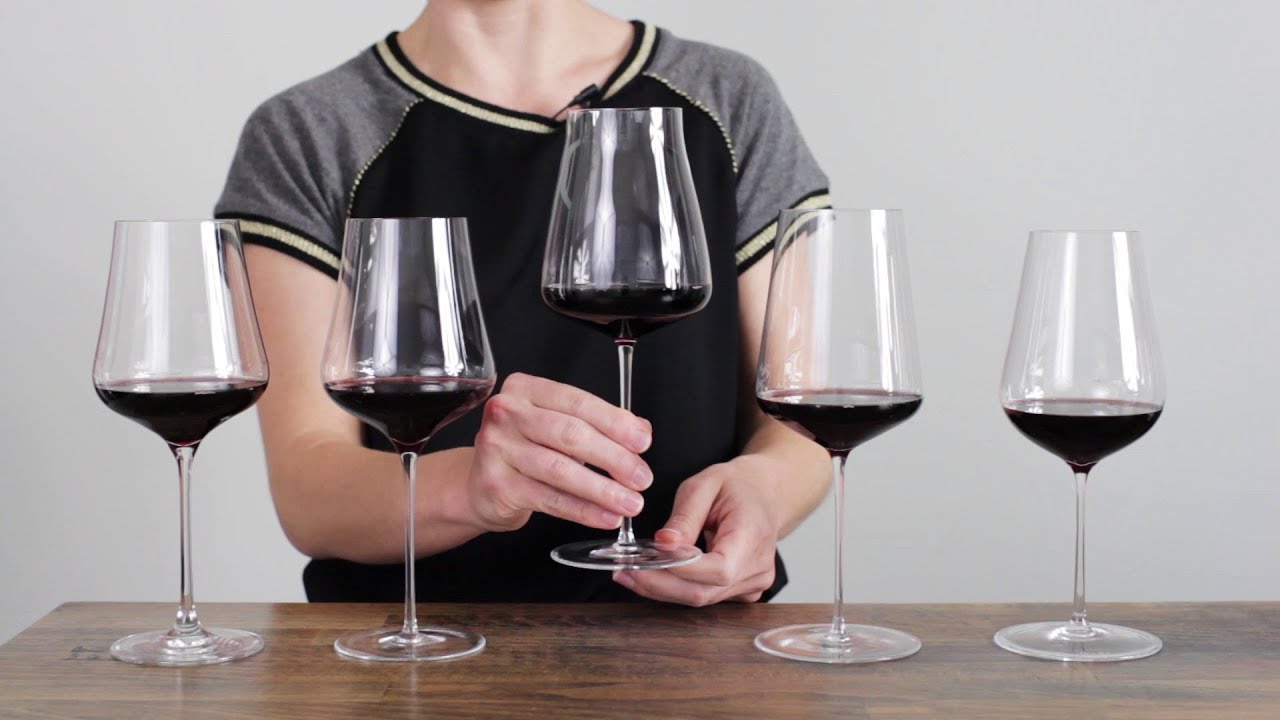

0 thoughts on “How Many Flatware Place Settings Should I Register For”